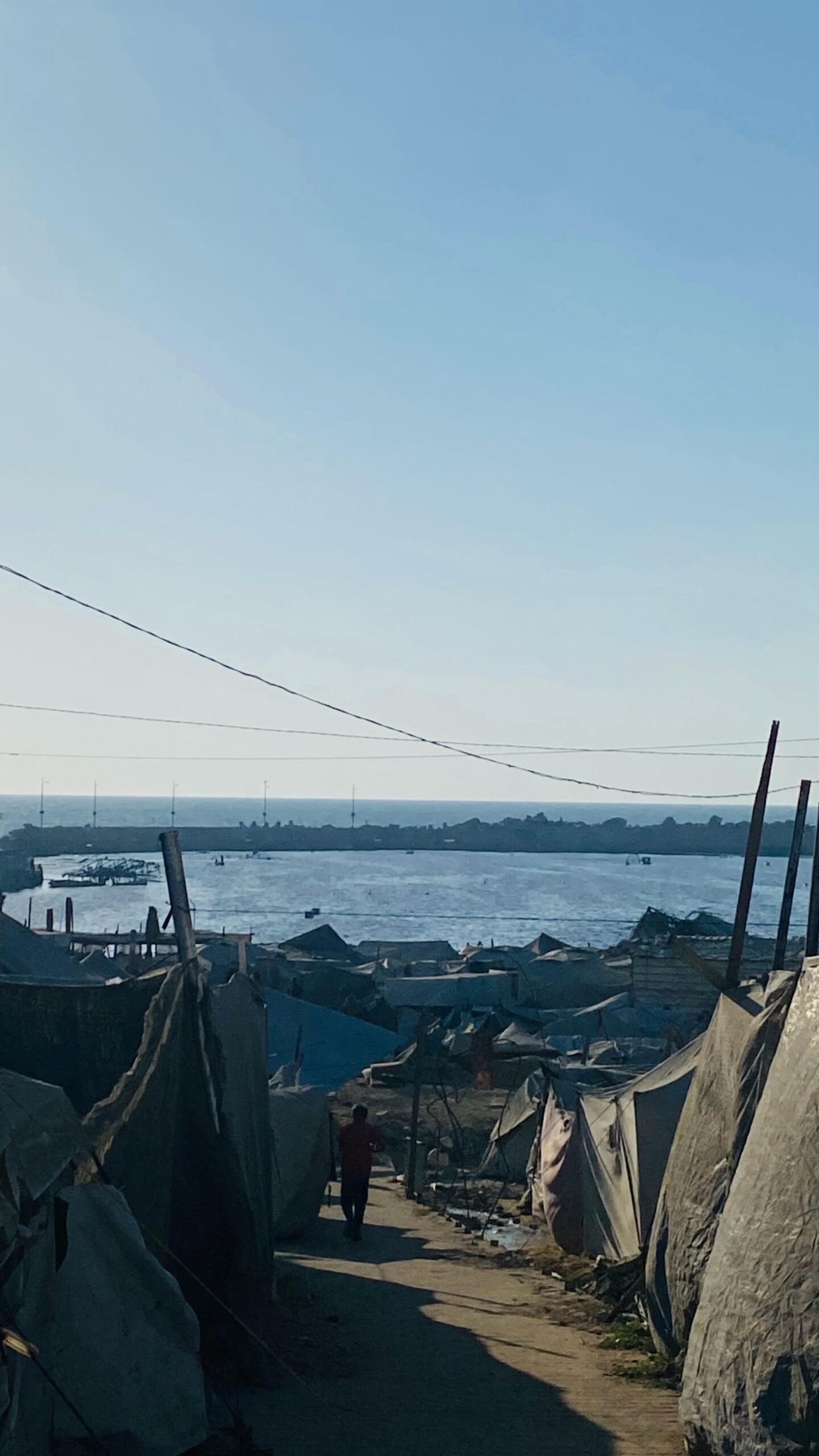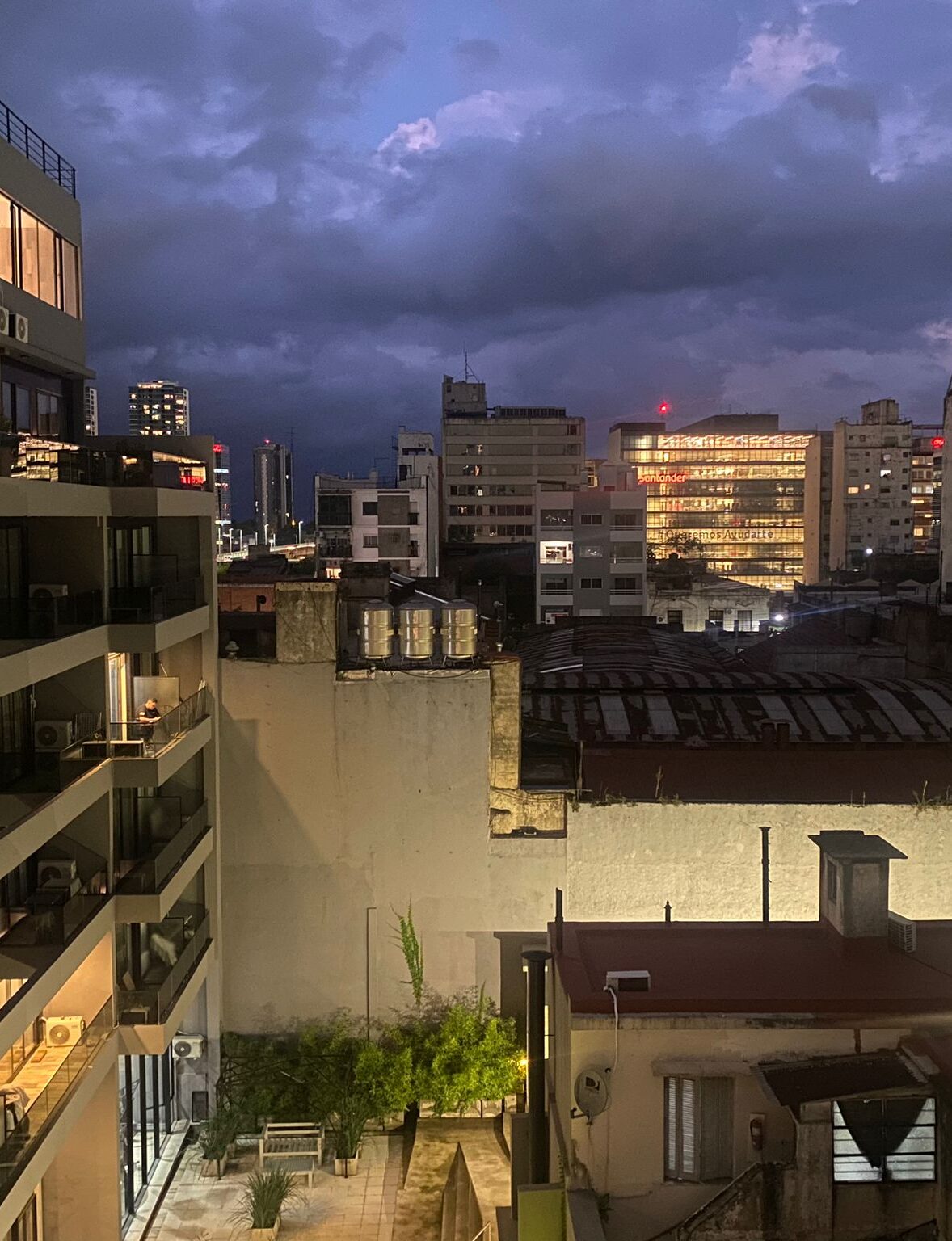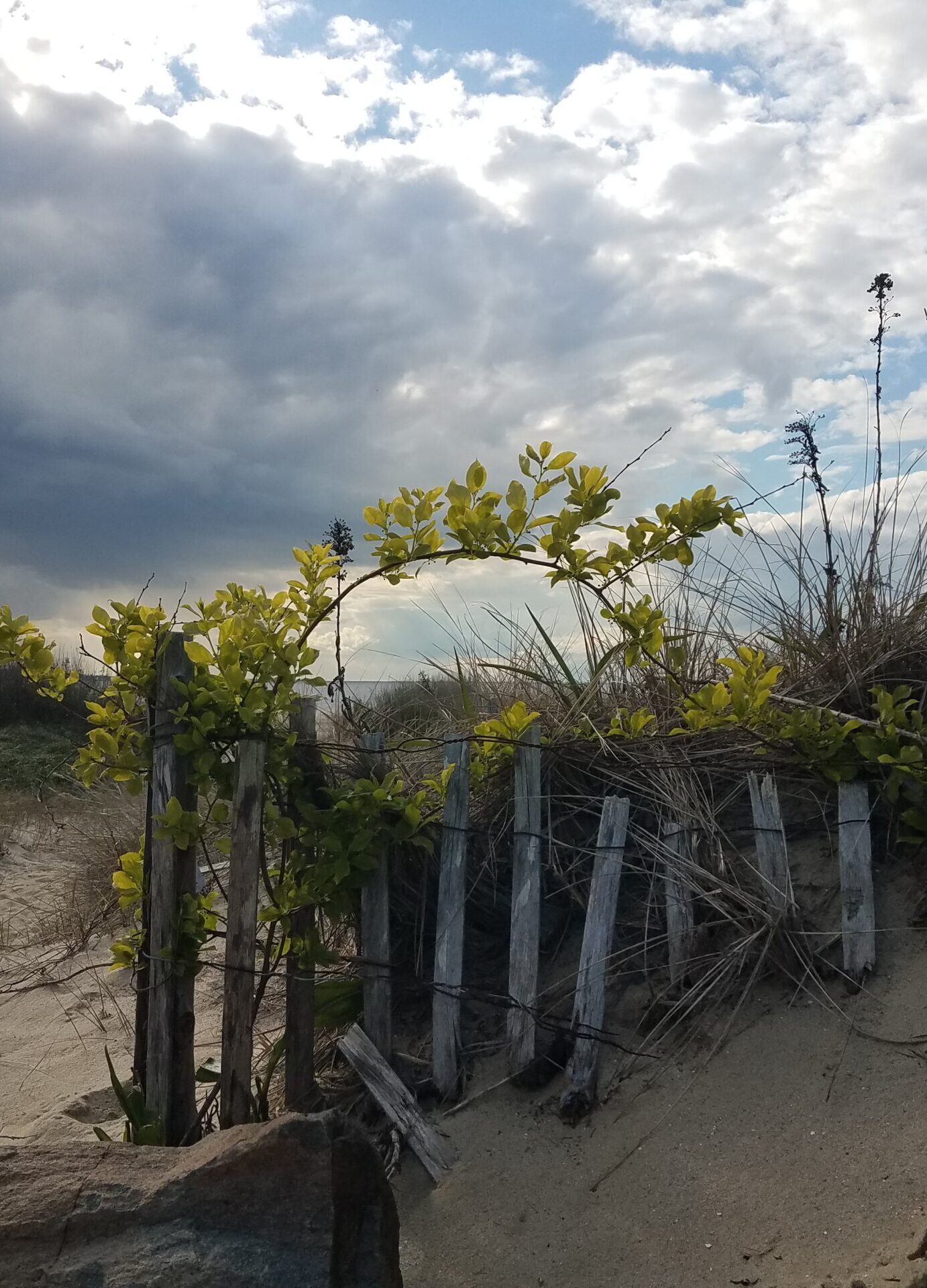By LYNNE WEISS
Seneca Falls has a much bigger place in history than it does in geography. It is usually mentioned only as the location of the 1848 Women’s Rights Convention, famously organized by women’s rights crusader, Elizabeth Cady Stanton. So rarely is it mentioned in any other context that one might think it did not exist before or after that event. It’s a small town, much like many other old mill towns in New England and upstate New York, and seems an unlikely setting for, as Stanton called her farmhouse home, “The Center of the Rebellion.” (Stanton was proud of having kept her birth name–Cady–after she married, but for purposes of brevity I call her Stanton here.)
Ironically, it was because Seneca Falls was so humdrum that Stanton was driven to organize a convention. Before they moved to Seneca Falls in 1847, Stanton lived in Boston, where she and her husband Henry entertained leading thinkers and writers—William Lloyd Garrison, Lydia Maria Child, Frederick Douglass, Bronson Alcott, John Greenleaf Whittier, Margaret Fuller, Ralph Waldo Emerson, and Nathaniel Hawthorne. Stanton attended plays, concerts, and lectures. She had maids and nurses to help care for her seven children. She and Henry moved to Seneca Falls for the sake of Henry’s political career, but when he failed to win elected office, he became a political journalist, spending nearly all his time in Albany and Washington, D.C., leaving Stanton to her own devices.
Stanton’s house still stands, and you can walk through the two bedrooms and two sitting rooms and think about what it might have been like to raise seven children in four rooms without modern appliances. Stanton was also without domestic help; there were no servants to be found in the village of Seneca Falls. She was a Desperate Housewife, but instead of distracting herself with shopping sprees and gossip, she organized a convention on women’s rights. She pulled it together in just ten days with help from four local Quaker women. A few days before the convention, the five women drafted the Declaration of Sentiments. Stanton did most of the writing, using the Declaration of Independence as her model:
We hold these truths to be self-evident; that all men and women are created equal…
Where Jefferson listed grievances against George III and Britain, Stanton listed grievances against patriarchy:
He has never permitted her to exercise her inalienable right to the elective franchise.
He has compelled her to submit to laws, in the formation of which she had no voice.
He has taken from her all right in property, even to the wages she earns.
He has denied her the facilities for obtaining a thorough education—all colleges being closed against her.
Summing it all up, she declared:
We insist that they [women] have immediate admission to all the rights and privileges which belong to them as citizens of these United States.
The convention was held in Wesleyan Chapel, about a mile away from Stanton’s home. Some three hundred people, mostly but not exclusively women, gathered in the chapel for two days in July, 1848. Stanton predicted that the convention would be ridiculed, and she was right. One newspaper said, “The great effort seemed to be to bring out some new, impracticable, absurd, and ridiculous proposition, and the greater its absurdity the better.” Even Susan B. Anthony, living in nearby Rochester, was amused when she first heard about the convention. She and Stanton did not meet until 1851, when Anthony came to Seneca Falls for a temperance convention. The two women liked each other immediately, and worked together for the rest of their lives. Stanton, burdened first by her children and later by her obesity, provided the words and theoretical underpinnings of the movement, while Anthony plotted the strategy and carried the message out to the world. Their historic meeting is now commemorated with a life-size statue on a bridge in Seneca Falls. But it wasn’t until 1920, after Stanton had been dead for 18 years, Anthony for 14, that gender was removed as an impediment to voting (though many women were still barred from voting because of their race).
Today, the ruins of Wesleyan Chapel are the centerpiece of the Women’s Rights National Historical Park, which includes a number of sites linked to the 1848 convention. Before it became a historic site, Wesleyan Chapel was used in various ways, including as an opera house and most recently, as a car showroom. Now all that is left of the original chapel are the brick walls and a roof. There are no windows, doors, or ceiling. The National Park Service is building a structure on the site to protect it from weather and vandalism. I’m glad this effort is underway, but when I visited a couple of years ago, I did not feel the lack of windows or doors. I was there in the summer, the weather was fine, and for me it was more than enough to stand in the place where Elizabeth Cady Stanton, Frederick Douglass, and other “absurd” souls once gathered and spoke the impractical words that would change a nation.




